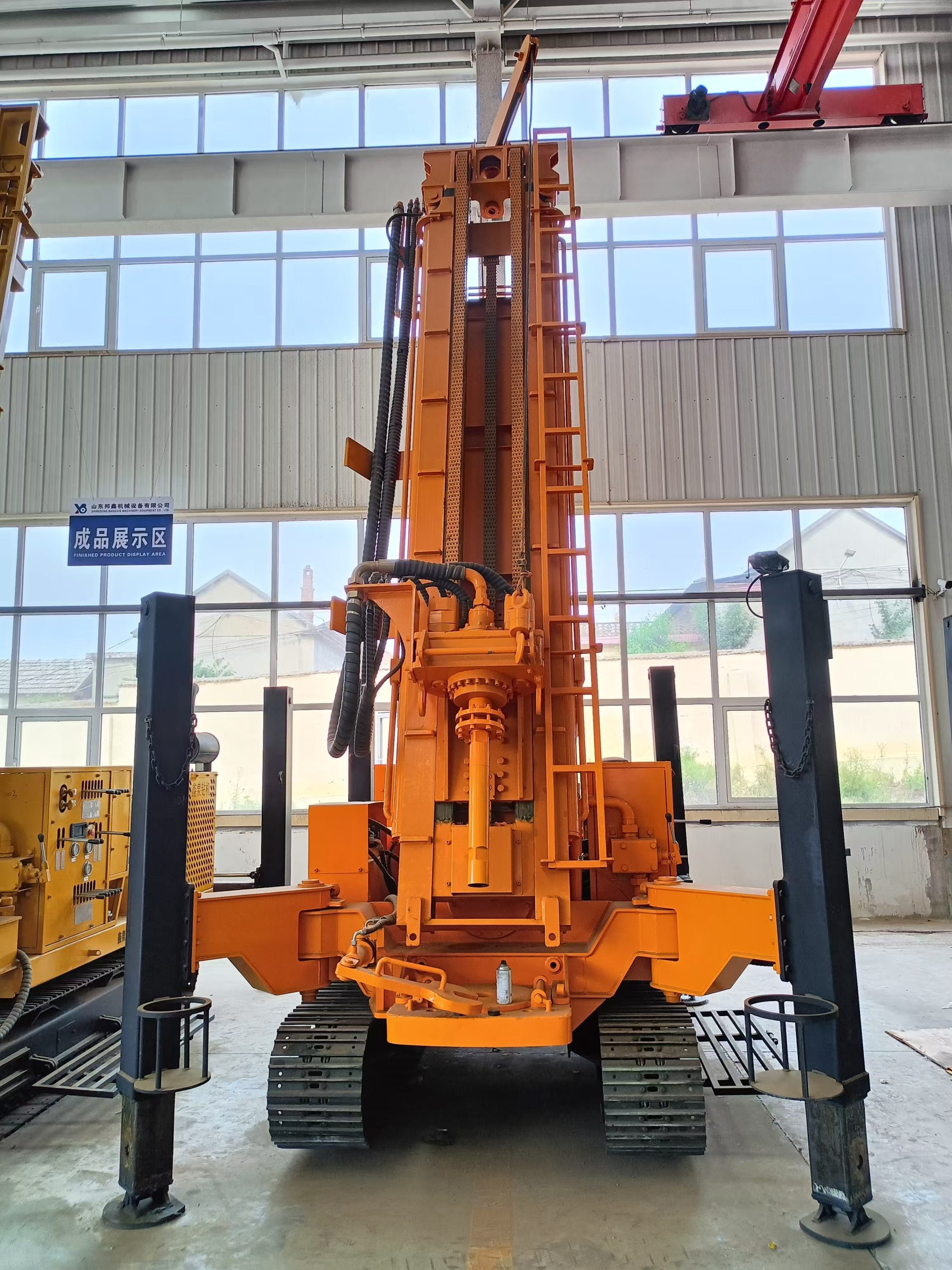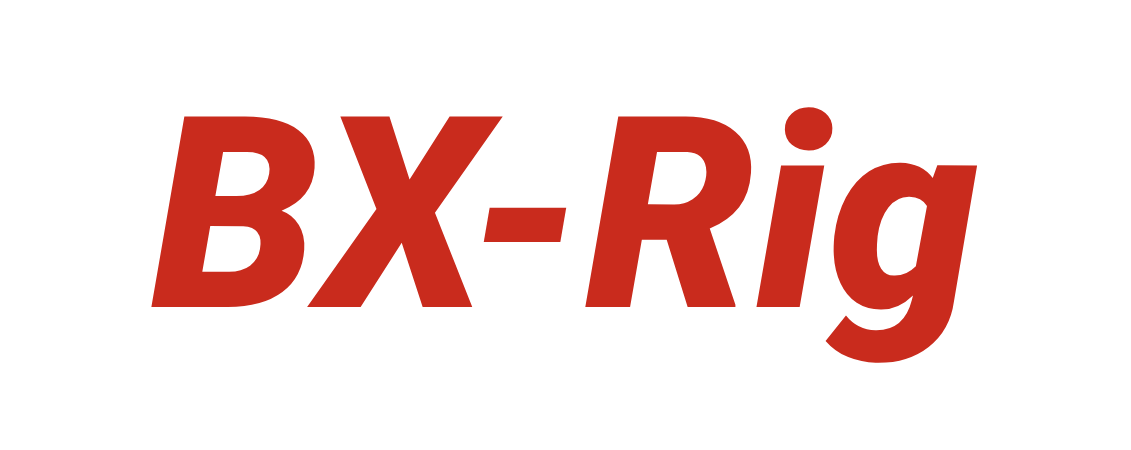Safety precautions when operating water well equipment
Q: Operating heavy machinery like a drilling rig seems risky. What safety measures should operators follow to prevent accidents?
First, operator training is mandatory. Rig operators must be certified to handle the specific equipment, understanding its mechanics, emergency shutdown procedures, and load limits. Untrained personnel should never operate or service the rig.
Personal protective equipment (PPE) is non-negotiable. This includes hard hats to guard against falling tools, steel-toe boots to protect feet from heavy objects, safety glasses to shield eyes from dust and debris, gloves to prevent cuts, and high-visibility vests for visibility on-site.
Pre-operation inspections are critical. Before starting, check all systems: hydraulic hoses for leaks, drill bits for damage, engine fluids, and safety guards on moving parts. Ensure the rig is stable—on level ground, with outriggers extended and secured to prevent tipping, especially on uneven terrain.
Hazard communication is essential. Post clear signs identifying risks (e.g., “High Pressure,” “No Smoking”) and establish a safe perimeter around the drilling site to keep bystanders at least 50 feet away. Use barriers or cones to mark the area.
Gas monitoring is crucial, as drilling can release toxic gases like hydrogen sulfide or methane from underground. Equip the site with gas detectors, and evacuate immediately if dangerous levels are detected. Ventilate the area well, and never use open flames nearby.

 邦欣鑽機
邦欣鑽機